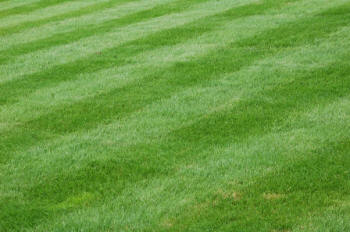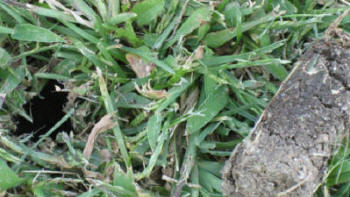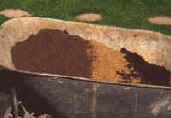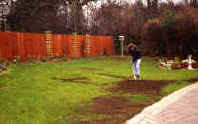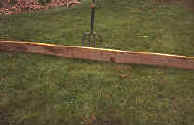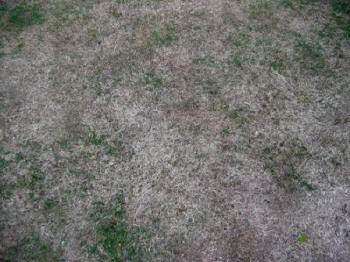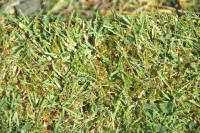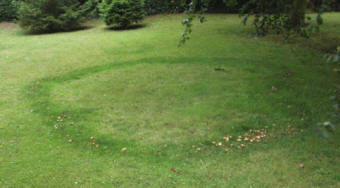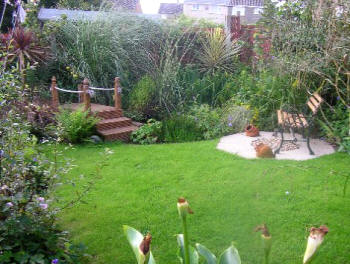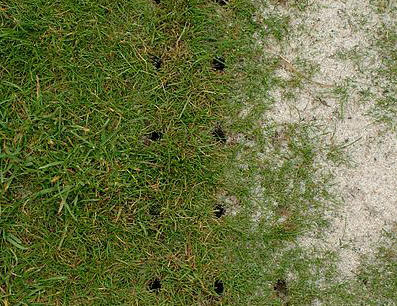Rusts on plants are caused many different types of fungus infections. All plant leaf rusts are fungal growths and as such can be treated or even prevented in several different ways. Most plant rusts are specific to a particular type or family of plants. For instance, the rust that affects bedding geraniums - Pelargoniums - is different to that which affects Antirrhinums.
Some rusts are happy to spend their entire life cycle on their chosen plant, others have more complicated life cycle, and need to spend part of their lives on a totally unrelated plant species, which incidentally, they rarely affect. An example being some of the rusts that affect members of the rosacea family, also need to live part of their life cycle on members of the Juniper group of conifers, where they rarely do lasting damage.



